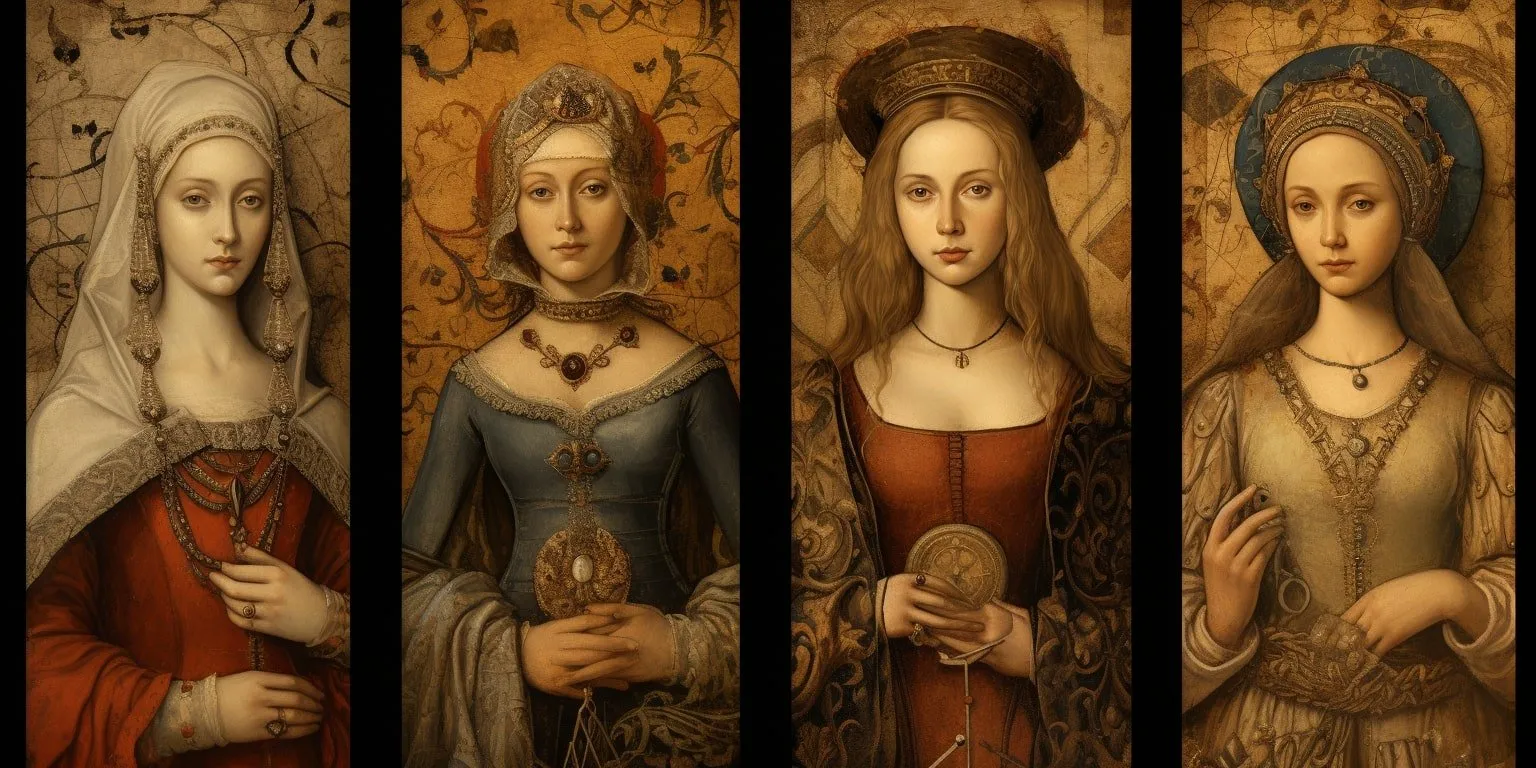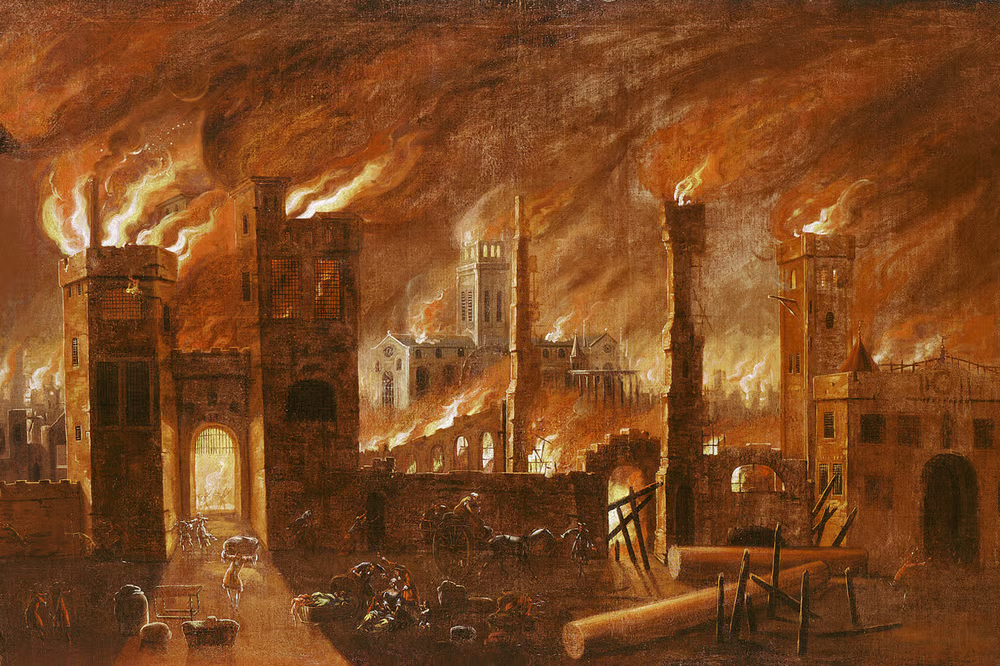While mainstream history often highlights kings, warriors, and male philosophers, many ancient civilizations were profoundly influenced by women whose stories remain underrepresented. From Hatshepsut, the powerful female pharaoh of Egypt, to Enheduanna, the world’s first known author from Sumer, these matriarchs shaped policy, religion, literature, and diplomacy. Their leadership defied societal norms and left legacies still echoed in modern governance, language, and belief systems.
Historians and archaeologists specializing in gender and ancient studies—hallmarks of Google’s E-E-A-T framework (Experience, Expertise, Authoritativeness, Trustworthiness)—have brought renewed attention to these figures. Through peer-reviewed scholarship, ancient texts, and inscriptions, researchers offer trustworthy insights that challenge outdated narratives. Their work uncovers how women in positions of power weren’t exceptions, but often integral to the structure of early empires and religious institutions.
Recognizing these forgotten matriarchs isn’t just about correcting the record—it enriches our understanding of history’s complexity. When we broaden the lens beyond conventional heroes, we uncover a fuller, more accurate portrait of human civilization. These women didn’t just support history—they authored it, ruled it, and redefined it.







